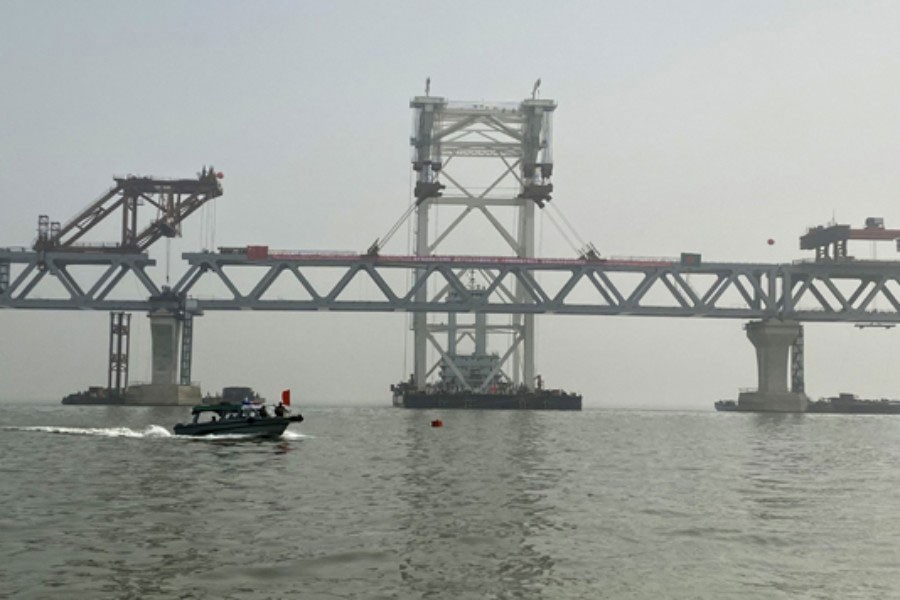
Published :
Updated :

The awe-inspiring spectacle of the massive Padma Bridge would surely have amazed Rabindranath Tagore in his youth. It was during that age the great poet of the future had been assigned by his paternal family to take charge of their 'zeminderi'. A vast part of the Tagores' 'khajna' (tax) collection areas fell in the then East Bengal, its south-western region in particular. Tagore was reluctant to take the responsibility, as it involved realising 'khajna' from the poor rural farmers living on the riverside villages along the Padma --- at times by applying force. But he couldn't disobey the order of his illustrious father Debendranath Tagore.
To the young Tagore, the 'dirty job' finally proved to be a blessing in disguise. During his years-long stay on his family boat on the Padma, the poet was able to get acquainted with both the beauty and the destructive nature of the mighty river. His experience on his Padma boat, watching its sunrises and sunsets and various other scenes is now well-known.
Half a century later, ManikBandyopaddhay in his novel 'Padma NodirMajhi' (Boatman of Padma) portrays a realistic beauty of the river, renowned for its hilsa fish. The author focused on the river for its being a great source of livelihood for the hilsa fishing communities. Only a few indomitable villagers in those days could muster the courage to cross the wide river alone by country boats. While it was the large ferryboats which carried villagers on the river's routes.
Since the 20th century, crossing the Padma has proved to be easier. Due to continued erosions on its both sides, the river is still a formidable one. Scores of engine-driven ferryboats carry passengers to its both banks. Yet fanciful people kept dreaming of an iron bridge across the river. The iconic Hardinge Railway Bridge has long been declared shut thanks to the drying of the Padma in that segment of the river. Scores of people who are required to cross the Padma haven't stopped dreaming of a new bridge across the river. The 'absurd dream' is now on way to becoming a reality.
With the installation on December 10 of its 41st span, the last one on the near-complete 6.15-kilometre Padma Bridge, Bangladesh is about to savour yet another great feat after its independence. The whole structure across the mighty Padma River is now visible. With the completion of over 90 per cent construction of the main bridge and overall progress of more than 82 per cent of its work, the mood of jubilation among different segments of people is understandable. As a demonstration of this joy, enthusiastic people are now seen watching the bridge in great expectation. The elation of the 29 southwestern and southern districts which are set to be connected to the capital through the bridge is quite expected. A mere glimpse of the bridge cannot fail to remind both the would-be users and businesspersons of the ordeals they once had to undergo while crossing the Padma. Those days of trauma and myriad troubles are going to be over soon. Long tailbacks caused by the river's strong current making ferries nonfunctional, gridlock of vehicles during the two Eids are soon to be things of the past.
Moreover, the time of travel between Dhaka and the southern districts will be reduced drastically. However, before making the massive infrastructure functional, a number of essential but less time-consuming works need to be completed. They include laying railway and road slabs, apart from installation of electricity and gas lines. These critical works and the smaller ones have to be completed before the inauguration of the bridge.
A fully operative bridge over a challengingly wide and major river, eventually, benefits the whole nation --- both in terms of communication and economic activities. Bangladesh is no exception.


 For all latest news, follow The Financial Express Google News channel.
For all latest news, follow The Financial Express Google News channel.